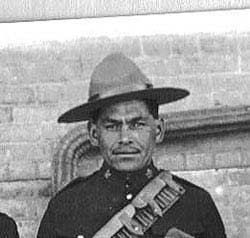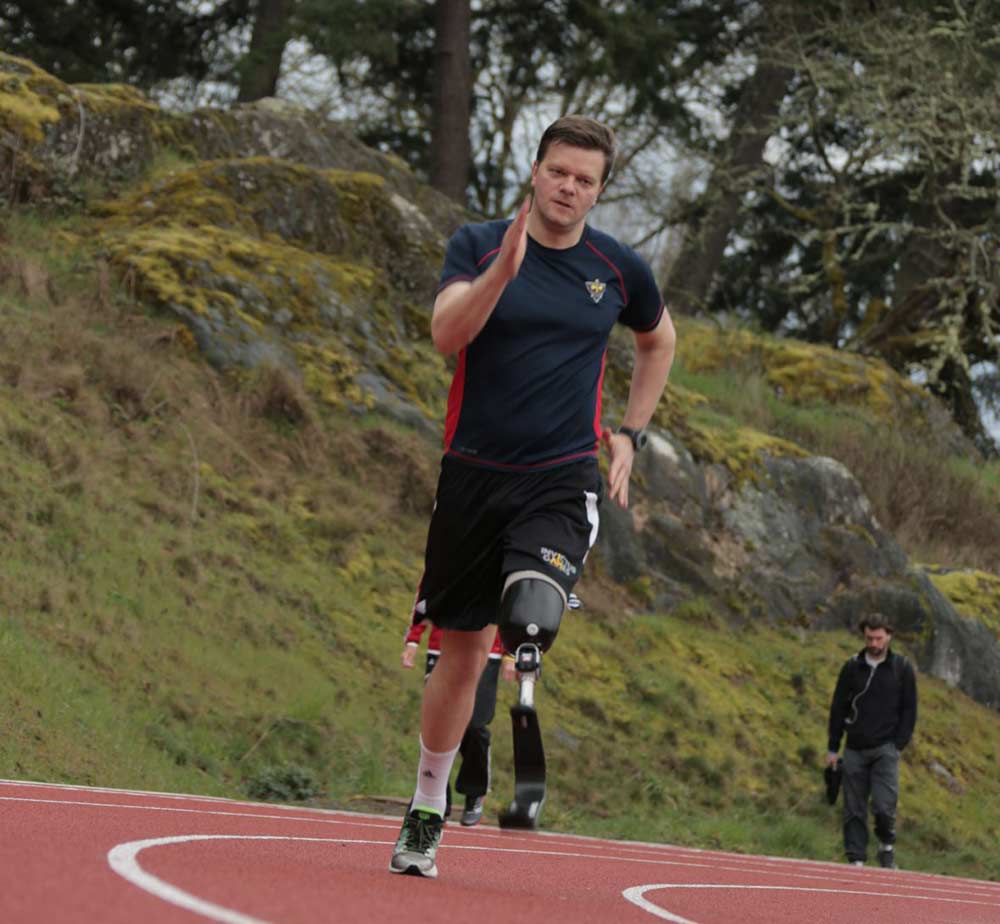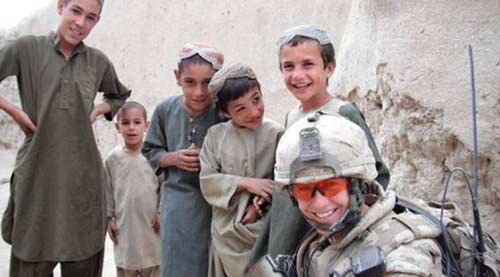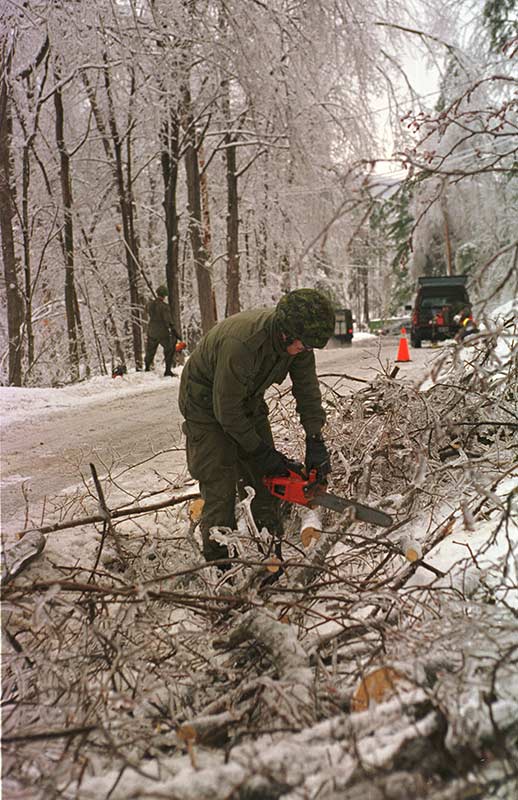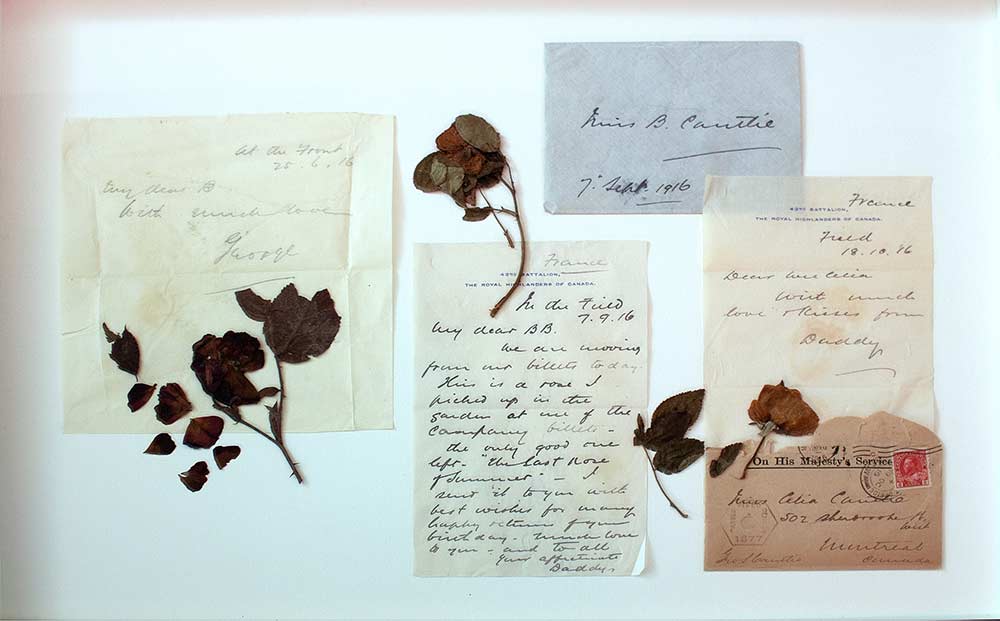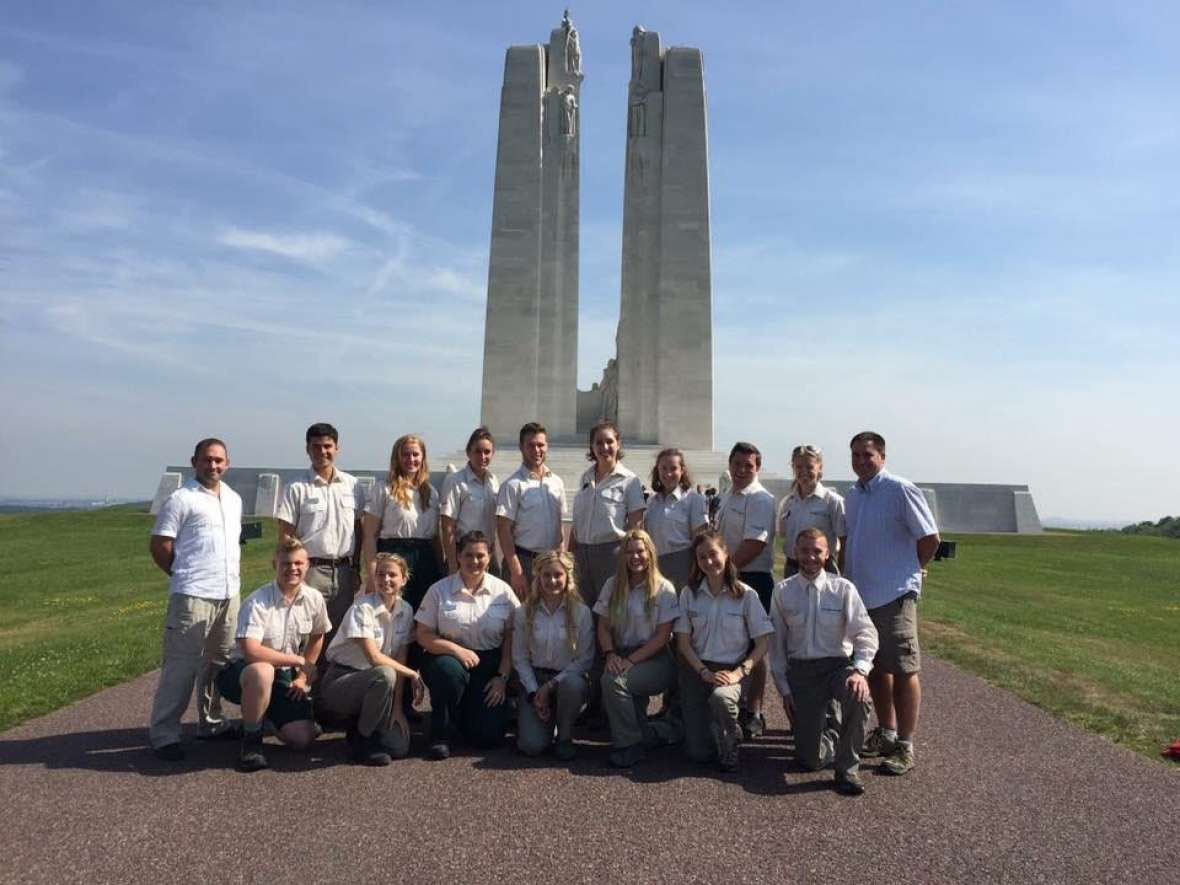Canada Remembers Times - 2018 Edition - Page 4
Sharpshooter: Henry Louis Norwest
Henry Louis Norwest, MM.
Photo: The Royal Canadian Legion Branch #29 (Worthington)
One of the most famous Canadian snipers of the First World War was a Métis soldier who went by the name of Henry Louis Norwest. He possessed all the skills required for this role: excellent marksmanship, an ability to keep perfectly still for long periods and superb camouflage techniques.
Born in Fort Saskatchewan, Alberta, of French-Cree ancestry, he was a ranch-hand and rodeo performer as a young man. Lance-Corporal Norwest served with the 50th Battalion and achieved a sniping record of 115 fatal shots. He also earned the Military Medal for his bravery during the Battle of Vimy Ridge in April 1917.
In August 1918, during Canada’s Hundred Days, Norwest earned the Military Medal again in the Battle of Amiens when he took out several German machine gun positions. He was an inspiration to his unit with a fellow soldier writing of him:
“Our famous sniper no doubt understood better than most of us the cost of life and the price of death. Henry Norwest carried out his terrible duty superbly because he believed his special skill gave him no choice but to fulfil his indispensable mission. Our 50th [Battalion] sniper went about his work with passionate dedication and showed complete detachment from everything while he was in the line . . . Yet when we had the rare opportunity to see our comrade at close quarters, we found him pleasant and kindly, quite naturally one of us, and always an inspiration.”
Norwest’s comrades were stunned when the Métis marksman was killed by an enemy sniper on August 18, 1918. For the members of his battalion, a genuine hero had been lost.
Soldier on Simon Mailloux
Simon Mailloux
Photo: Department of National Defense
Captain Simon Mailloux was severely wounded in Afghanistan when an improvised explosive device hit his light armoured vehicle during a night operation in Kandahar in 2007. He lost one leg at the knee and was left with a fractured jaw and lacerations.
Mailloux returned to Canada to begin a grueling rehabilitation. He was soon fitted with a prosthetic leg that proved to be a game changer. As far as Mailloux was concerned, his business in Afghanistan was unfinished, and he wanted to continue the work he had started there. Two years after losing his leg, the determined soldier returned and became the first Canadian amputee to be deployed as a combatant. Not only did he become a symbol of the challenges being conquered by people with physical disabilities, but also the dedication of Canada’s troops.
Mailloux became involved with “Soldier On,” the Canadian Armed Forces program that supports the recovery of sick and wounded service members and Veterans through sports and other physical activity. He began to compete in adapted sports and went on to take part in the Invictus Games in 2016, returning as co-captain of Team Canada in 2017. The Invictus Games were established by Prince Harry in 2014 to give injured and ill service members and Veterans from different countries a chance to come together and compete in a variety of sporting events to inspire and support one another.
A female fighter
Captain Collette with local Afghan children in 2010.
Photo courtesy of Ashley Collette
Canada has played a leading role when it comes to women serving in the military. Since 1989, female Canadian Armed Forces members have been able to serve in infantry combat roles. Women such as Captain Ashley Collette of Yarmouth, Nova Scotia, have proven that they are up to the challenge. She led a platoon of about 50 men on a tough tour of duty in Afghanistan in 2010, during which she lost several soldiers under her command. For her impressive leadership, Collette became the first woman to be awarded the Military Medal of Valour – one of the highest awards a Canadian soldier can receive.
Having female soldiers on the ground has proven beneficial in places like Afghanistan where local women are an important source of information and intelligence. Due to differing attitudes toward gender roles in other cultures, male service members are not always able to easily interact with local women but female soldiers can help bridge that gap. While fostering a relationship with the women of an Afghan village, Collette had the unusual experience of having to shout out casual conversation over tea in order to be heard by the male interpreter who was not allowed in the same room as them.
Captain Collette’s determination did not end in Afghanistan. The transition to life back in Canada was tough for her as it is for many soldiers. A few years after returning from Afghanistan, Collette decided that she wanted to give back to her community through transitioning her career in the Canadian Armed Forces to be a Social Work Officer. She now works in Edmonton, assisting fellow service members through psychosocial challenges in times of need. She is currently completing doctoral studies with a research focus on Posttraumatic Growth.
The Great Ice Storm of 1998
A Canadian Armed Forces member clearing ice-coated trees in rural Quebec in January 1998.
Photo: Department of National Defense ISC98-010-17
Canadian Armed Forces members have a long tradition of putting their lives on the line to provide humanitarian aid to people around the globe. At times, however, help is also needed right here at home.
In January 1998, parts of New Brunswick, Quebec and Eastern Ontario were hit with several days of extreme freezing rain-up to 100 millimetres in some areas. One of the worst natural disasters in our country’s history, the Great Ice Storm of 1998 saw thousands of power lines topple from the weight of the ice. A string of giant steel hydro pylons in southern Quebec fell like dominos causing a massive blackout. More than four million people were left in the dark, some of them losing power for over a month.
More than 15,000 service members from across the country were sent to help as a part of Operation Recuperation. They provided essential help in restoring power, rescuing people trapped in their homes and providing aid to those in need.
Dear wee Celia
WAR Flowers
Photo: Jardins de Métis
George Cantlie departed Montréal in 1914 to serve in the Great War. He left behind his family, including his baby daughter Celia. He feared he might never return home and wanted to do something to make sure she would have a memory of him.
Despite the mud and horrors of war, Lieutenant-Colonel Cantlie noticed flowers blooming in the battlefields of Europe. He decided he would pick some–whether poppies, daisies, roses or forget-me-nots-and press them in a book to later send home with letters to his “wee Celia.”
Cantlie survived the war and returned home to his family. His letters and the flowers sat in a box for many years until they made their way into a new exhibit called WAR Flowers. This traveling display includes stories of Canadians touched by the First World War, objects from the trenches, and sounds and fragrances to evoke 10 themes relating to the different flowers. What a unique way to learn about personal memories of those who lived through a now distant war.
Student Guide Program
Student guides at Vimy.
Photo: Veterans Affairs Canada
Did you know that Veterans Affairs Canada employs post-secondary students at the Canadian National Vimy Memorial and the Beaumont-Hamel Newfoundland Memorial in northern France? If you speak both English and French and are looking for a unique cultural experience, then the Student Guide Program may be for you.
Crossword Puzzle
Did you read the newspaper stories carefully? All the answers to the crossword clues are found in the newspaper.

Across
- 3. Last name of the Korean War Veteran who painted Freeze.
- 8. Battle launched by the Allies on August 8, 1918.
- 10. City where RCAF pilot Sydney Shulemson was born.
- 11. Tough Canadian battle in Italy in December 1943.
- 13. Codename of the Canadian military operation that followed the Great Ice Storm of 1998.
- 14. Codename of Allied invasion of Sicily in July 1943.
- 15. Last name of the chaplain of the No. 2 Construction Battalion.
- 16. Last name of the last Canadian to be killed in the First World War.
- 17. Caribbean country where Canada has taken part in many support efforts.
- 18. French village where the 22nd Battalion attacked on August 27-28, 1918.
Down
- 1. Belgian city where Canadians were fighting on November 11, 1918.
- 2. Place where armistice was signed to end the active fighting in the Korean War.
- 4. African country where Canadians served 1993-1996.
- 5. Last name of soldier who became our first Francophone Governor General.
- 6. Hometown of Captain Ashley Collette who led a platoon in Afghanistan.
- 7. Afghanistan province where Captain Simon Mailloux was wounded in 2007.
- 9. Last name of a First World War Métis sharpshooter born in Alberta.
- 12. Region in Europe where many Canadians served in the 1990s and 2000s.
- Date modified:
